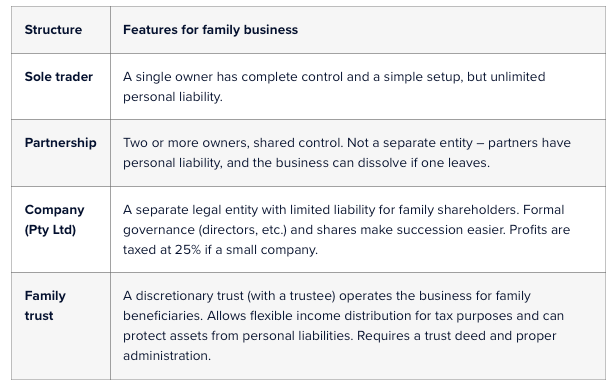Want more information?
Want more information?

© 2025
Borg & Salce Accountants
“Accounting is the art of turning chaos into clarity.”
30 + Years of Experience
We offer specialised accounting, taxation, SMSF and bookkeeping services to our professional clients. Borg & Salce are based in Epping, Victoria and provide our service to clients around the city of Whittlesea, but also to other areas including the northern suburbs, greater Melbourne, metro and nationally.
Ph: 03 9408 9633
Fax: 03 9408 9644
9am to 5.30pm Monday to Friday and Saturday By Appt Only
738A High Street, Epping, VIC 3076
